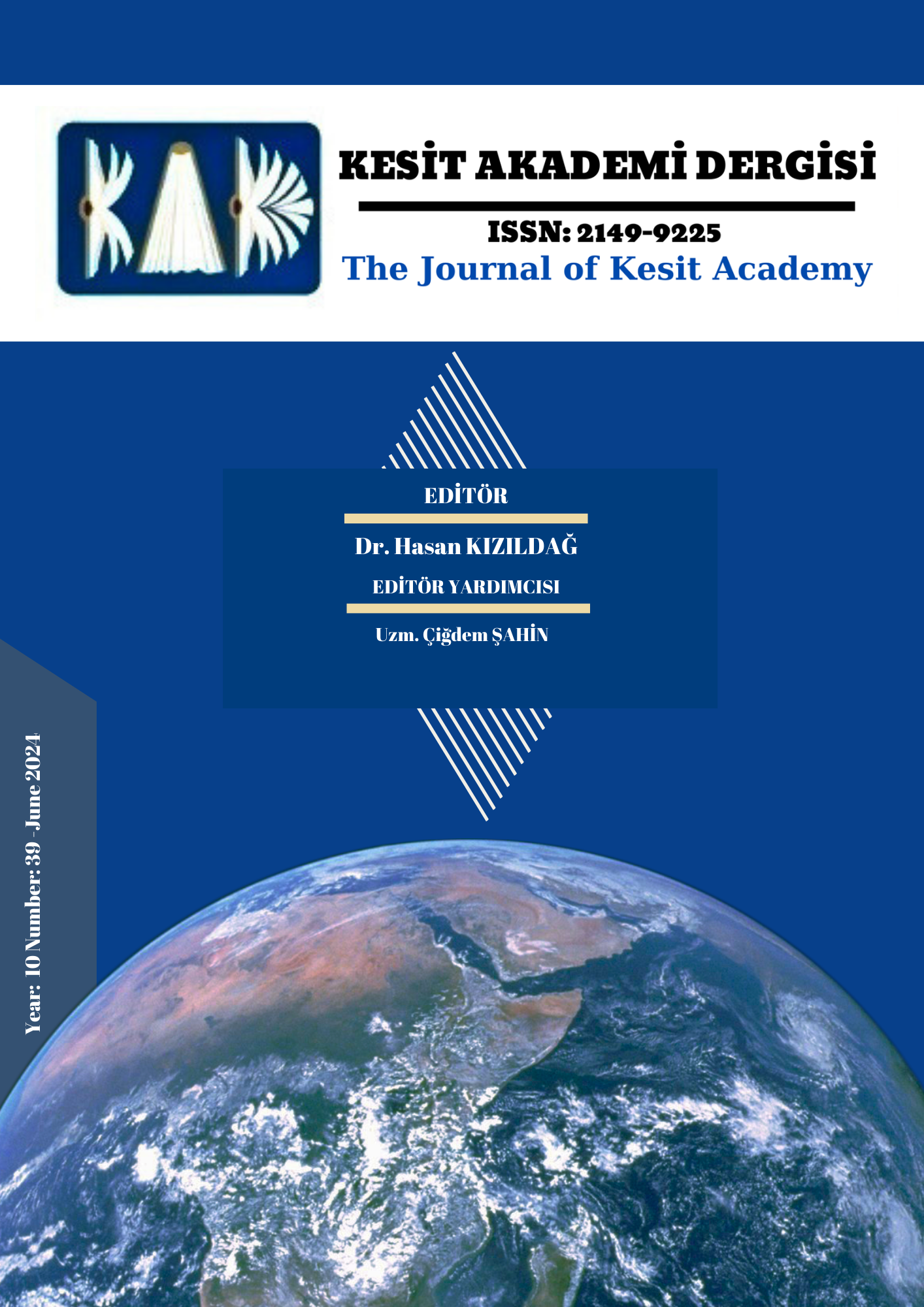Author :
Abstract
Büyük ölçekli, çok uluslu, tekrarlayan çağdaş sanat sergileri olan bienal, trienal, Documenta, Manifesta gibi gösteriler son 10 yılda giderek artmış ve günümüzde sayısı 300’ü aşmıştır. Milyonlarca ziyaretçi ve binlerce sanatçının dahil olduğu organizasyonların düzenlendiği kente sağladığı ekonomik ve kültürel katkıların yanında sanat piyasası açısından da sembolik sermayenin ekonomik sermayeye dönüşümü bağlamında önemi büyüktür. Bienal sanatı olarak adlandırılan ve geniş kapsamlı sergilerde izleyiciyle buluşan eserler gerek kullanılan medya ve mecrası açısından gerekse üretim yöntemleri ve zaman-mekan ilişkileri bağlamında görsel sanatlardaki yerleşik tarz ve yöntemlerden farklıdır. Çağdaş sanatın kanonunu oluşturan bu üretim tarzı görüşe dayalı retinal sanatın artık rağbet görmediği bir ortam yaratmıştır. Günümüzde sanat eserinin kitlelere ulaşabilmesi, yüksek fiyatlarla koleksiyoner ve müzeler tarafından satın alınabilmesi, bienal benzeri çok uluslu sergilerin kapsama alanına girmesiyle olanaklı hale gelmektedir. Sanat dünyasında değişen üretim ve sergileme modelleri sanatçının yeni sisteme uyum sağlamasını talep etmektedir. Bienal sanatı ile birlikte gösterinin hemen her aşamasında karar verici bir yetkiyle donatılmış yönetici küratör sanatçının rolünü kısmen indirgeyerek yaratıcı özgürlüğünün tercih edilen sanat tarzı yararına yönlendirilmesinede aktif rol oynar. Bienallere kabul edilen eserler finansal ve teknik açıdan sanatçının bireysel olanaklarını aşmakta ve farklı disiplinlerle işbirliği ve ekonomik destek gereksinimini doğurmaktadır. Bu çalışmada bienal sanatının çağdaş sanatın kanonu olarak küresel düzeyde baskın model haline gelme süreci araştırılacak ve yeni modelin sanatçının sanat dünyasındaki konumu ve üretimine etkileri tartışılacaktır.
Keywords
Abstract
Large-scale, multinational, recurring contemporary art exhibitions such as biennials, triennials, Documenta and Manifesta have increased gradually in the last 10 years and today their number exceeds 300. In addition to the economic and cultural contributions it provides to the city where organizations involving millions of visitors and thousands of artists are held, it is also of great importance for the art market in the context of the transformation of symbolic capital into economic capital. The works, called biennial art and presented to the audience in wide-ranging exhibitions, differ from the established styles and methods in the visual arts, both in terms of the media and medium used, as well as in the context of production methods and time-space relations. This mode of production, which constitutes the canon of contemporary art, has created an environment where vision-based retinal art is no longer in demand. Nowadays, it becomes possible for works of art to reach the masses and be purchased by collectors and museums at high prices, with the inclusion of multinational exhibitions such as biennials. Changing production and exhibition models in the art world demand that the artist adapt to the new system. With biennial art, the executive curator, who is equipped with decision-making authority at almost every stage of the show, plays an active role in directing the artist's creative freedom in favor of the preferred art style by partially reducing the role of the artist. Works accepted to biennials exceed the individual possibilities of the artist in financial and technical terms and create the need for cooperation with different disciplines and economic support. In this study, the process of biennial art becoming the dominant model at the global level as the canon of contemporary art will be investigated and the effects of the new model on the artist's position and production in the art world will be discussed.





